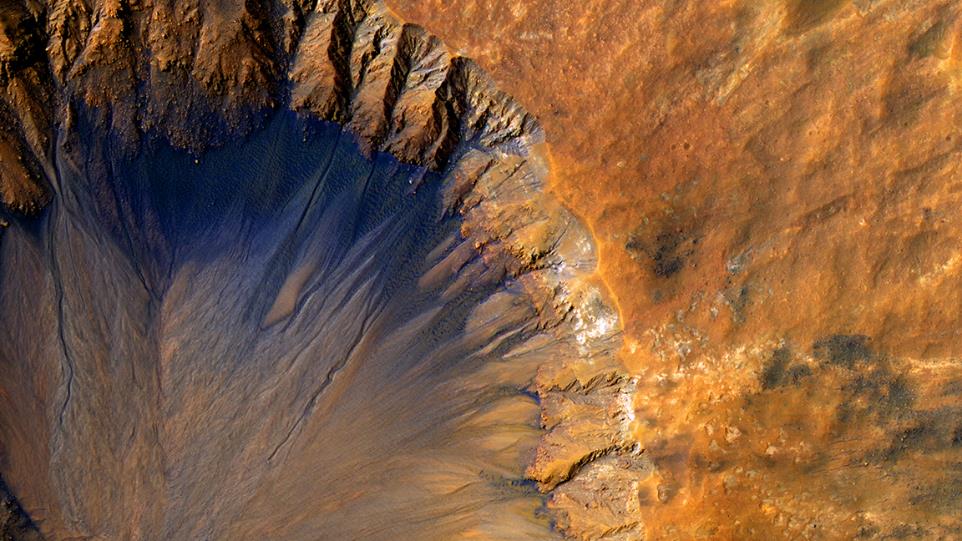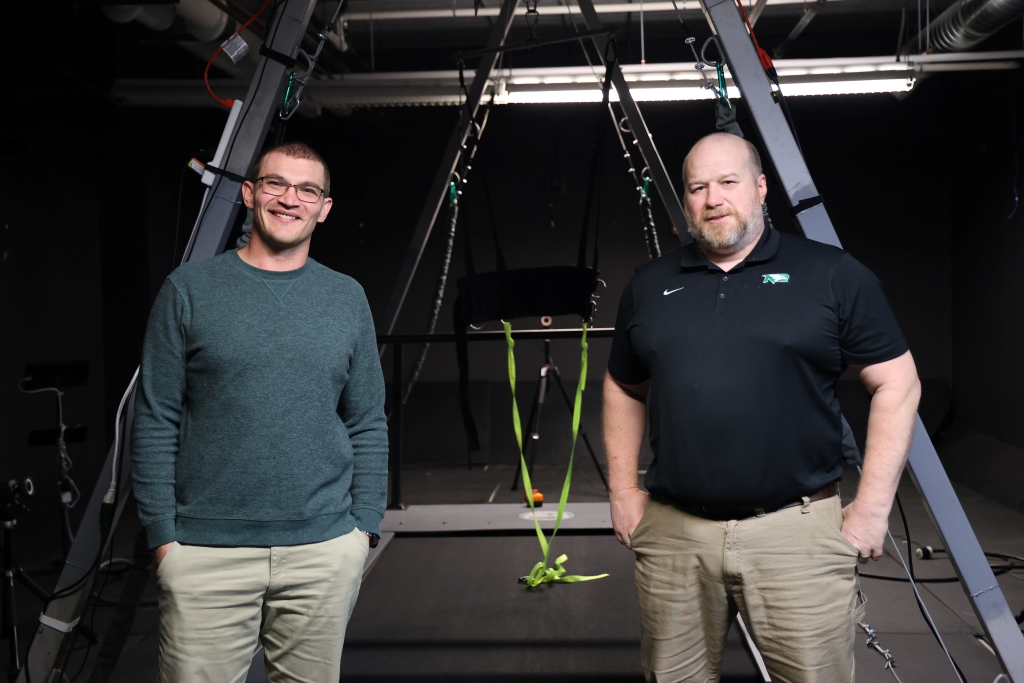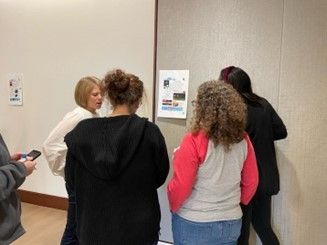On May 25, 1961, in a speech before a Joint Session of Congress, President John F. Kennedy committed the nation to achieve the goal of “landing a man on the moon and returning him safely to the earth” before the end of the decade. NASA’s Space Task Group (STG), in charge of America’s human spaceflight program, was already working on Project Mercury to put astronauts into Earth orbit, but with the additional task of a human lunar landing, it soon outgrew its facilities at NASA’s Langley Research Center in Hampton, Virginia. The agency decided it needed a dedicated field center for human spaceflight and on Sept. 19, 1961, after evaluating multiple sites around the country, NASA announced that the new Manned Spacecraft Center would be built near Houston, Texas.
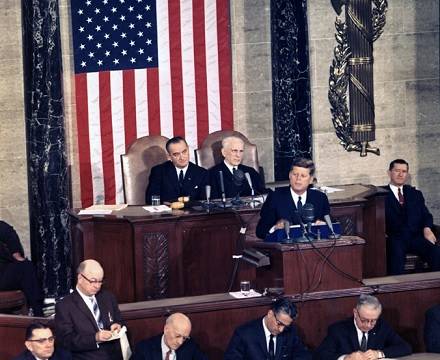
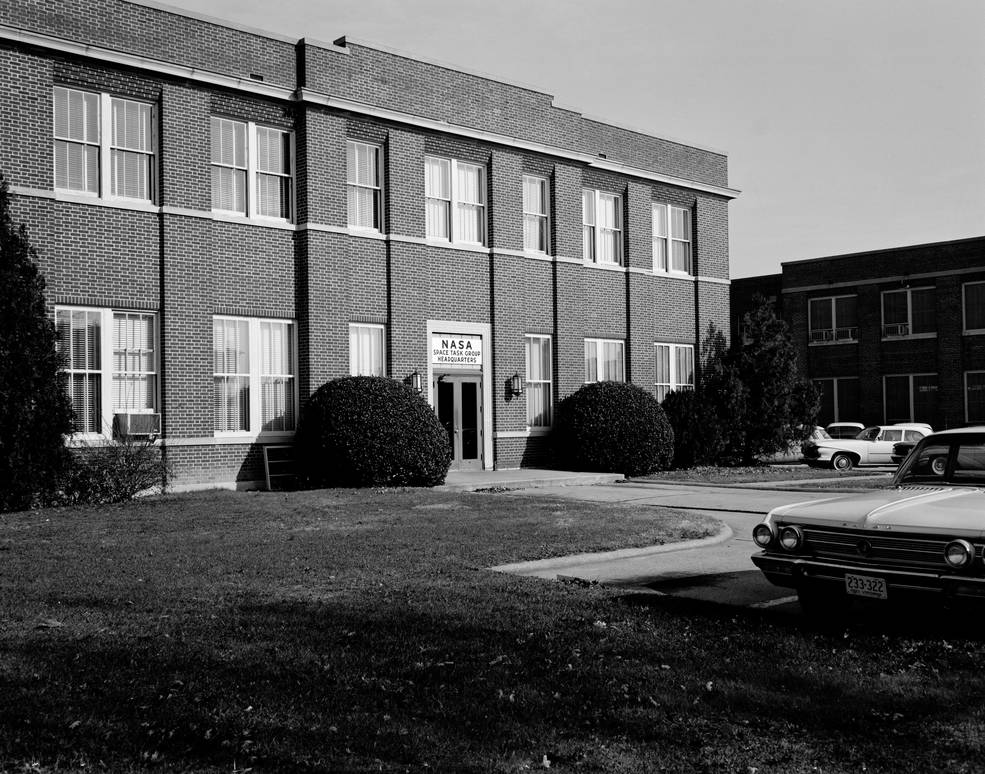
Left: President John F. Kennedy’s May 25, 1961 address to a Joint Session of Congress committing the nation to a Moon landing before the end of the decade. Right: Headquarters building of the Space Task Group at NASA’s Langley Research Center in Hampton, Virginia.
One month after the agency officially opened for business, on Nov. 5, 1958, NASA established the STG to manage America’s human spaceflight program. Based at NASA Langley and headed by Robert R. Gilruth, the STG developed Project Mercury to place American astronauts in space and eventually into Earth orbit. With President Kennedy’s commitment for a human lunar landing, the STG’s scope dramatically increased, requiring larger facilities. In July 1961, NASA Administrator James E. Webb appointed a team to find a location for such a center. Criteria for a suitable site included: barge transportation in ice-free waters; a mild climate; all-weather commercial jet service; a nearby Department of Defense air base; a nearby university; at least 1,000 acres of land; and property that could be acquired at a reasonable cost. Twenty-three sites met the criteria, and a team of inspectors visited all the locations. Although Tampa, Florida, emerged as the most favorable candidate, Houston eventually won out – Texas politicians played a role in the decision. On Sept. 19, 1961, NASA announced Houston as the site selected for the Manned Spacecraft Center. The location for the new center was 25 miles southeast of downtown Houston on the north shore of Clear Lake on 1,000 acres of land Rice University made available to NASA. The government later purchased an additional 600 acres to give the site frontage on the highway, the two-lane FM 528. The $60 million center would serve as the nerve center of America’s human spaceflight program, including a new Mission Control Center, training facilities for astronauts, facilities for testing spacecraft for the extreme environment of spaceflight, offices, and laboratories.
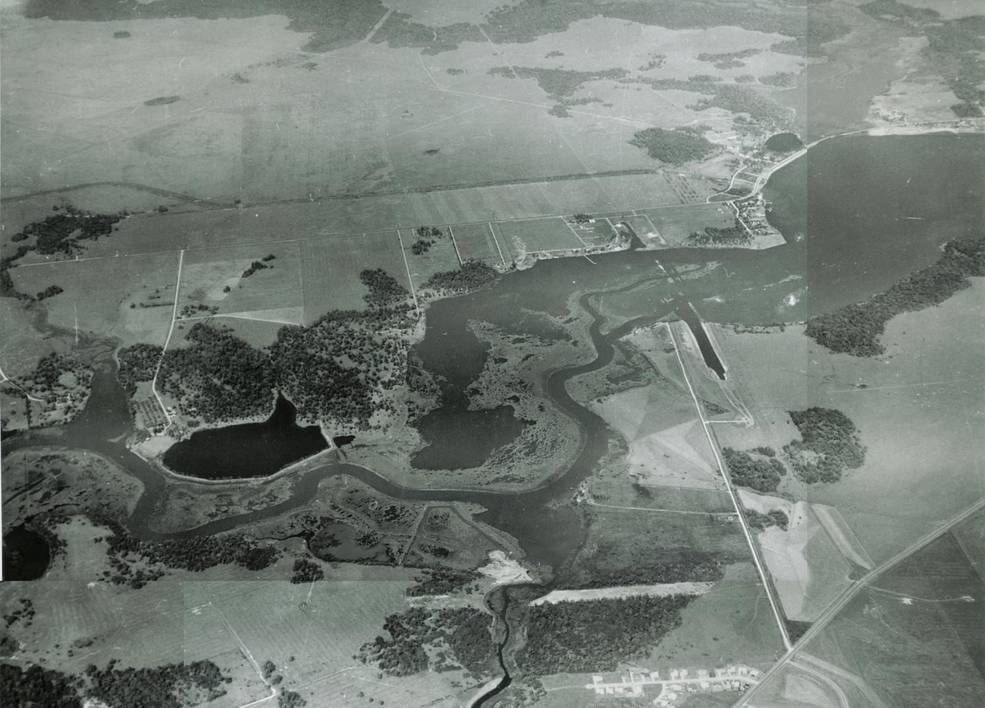
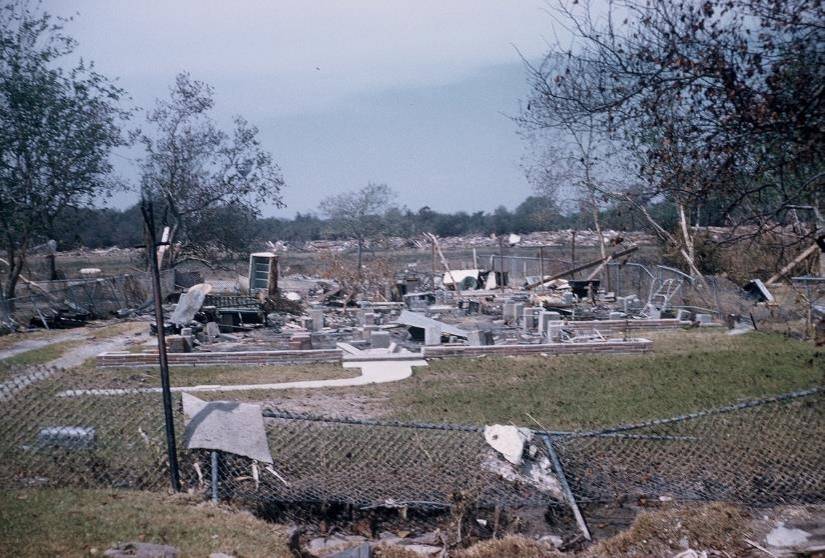
Left: Aerial view of the Clear Lake area, with the site of the future Manned Spacecraft Center, now NASA’s Johnson Space Center in Houston, at top center of the photograph. Right: Scene of devastation left by Hurricane Carla in September 1961.
The first delegation of NASA officials, including Gilruth and his deputy Walter C. Williams, arrived in Houston on Sept. 21 to inspect the chosen site. In 1961, the area was rural, consisting mainly of coastal prairie with cattle ranches, adjacent to small fishing villages on Galveston Bay. Hurricane Carla had passed through the area just 10 days earlier, and signs of its devastation were still clearly visible, including boats lying far from the water and debris all around. Many of the STG workers, including Gilruth, were initially not thrilled about leaving Virginia and moving to Texas, and the storm damage did not alleviate those concerns. But the city of Houston went to great lengths to make them feel welcome, helping Gilruth and his team find temporary offices throughout the southeast part of the city while the new center was being built.
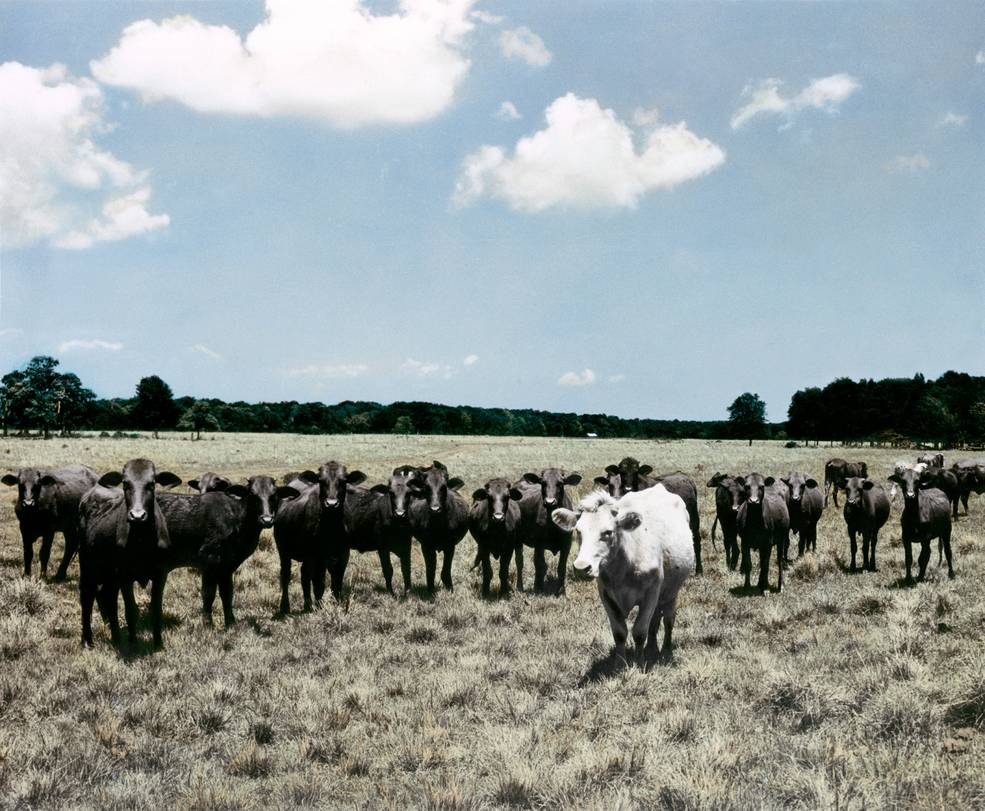
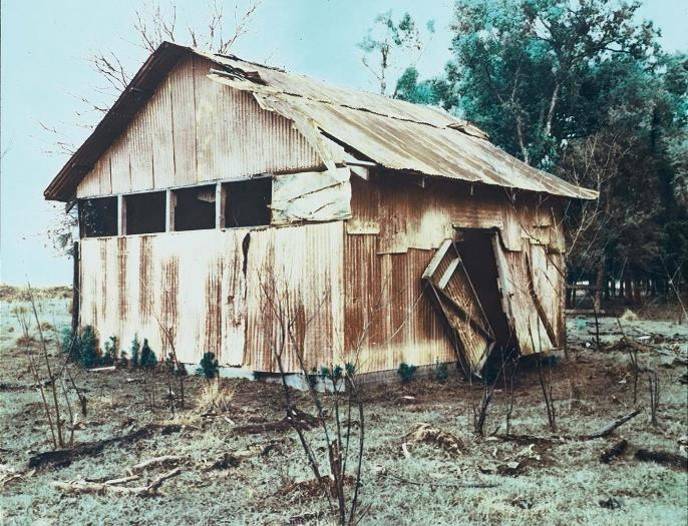
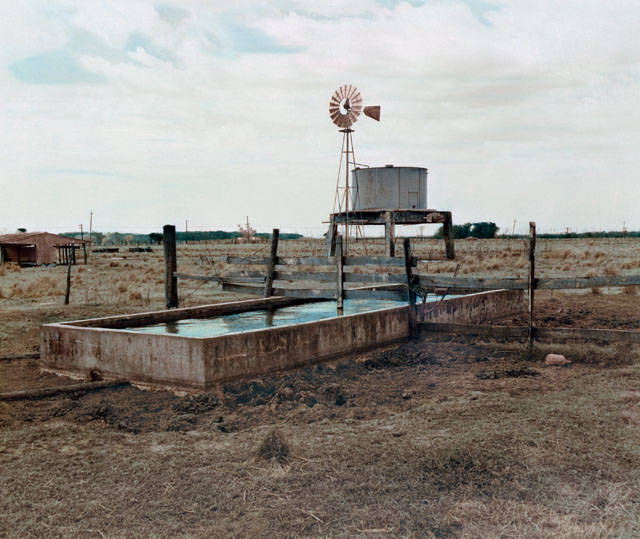
Left: A herd of cows on the site of the future Manned Spacecraft Center (MSC), now NASA’s Johnson Space Center in Houston. Middle: A dilapidated shed on the southeast corner of the future MSC site. Right: A windmill near the west corner of the future MSC site.
On Nov. 1, 1961, the STG officially became the Manned Spacecraft Center, and within a few weeks the first employees reported for work in the temporary Houston offices as operations transitioned from Virginia to Texas. Houstonians made the 751 relocated NASA employees and the 689 new hires feel welcome in their adopted city, helping the residents find housing and choose schools for their children. Construction of the new center on Clear Lake began in April 1962.
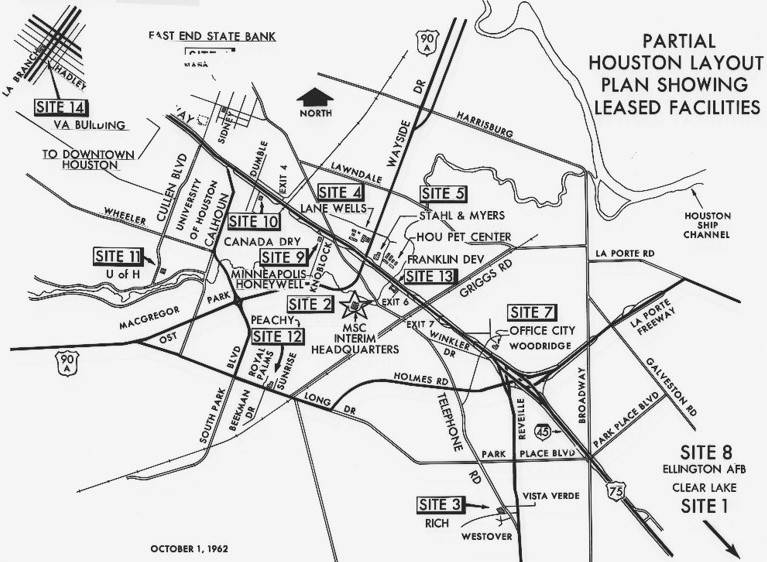
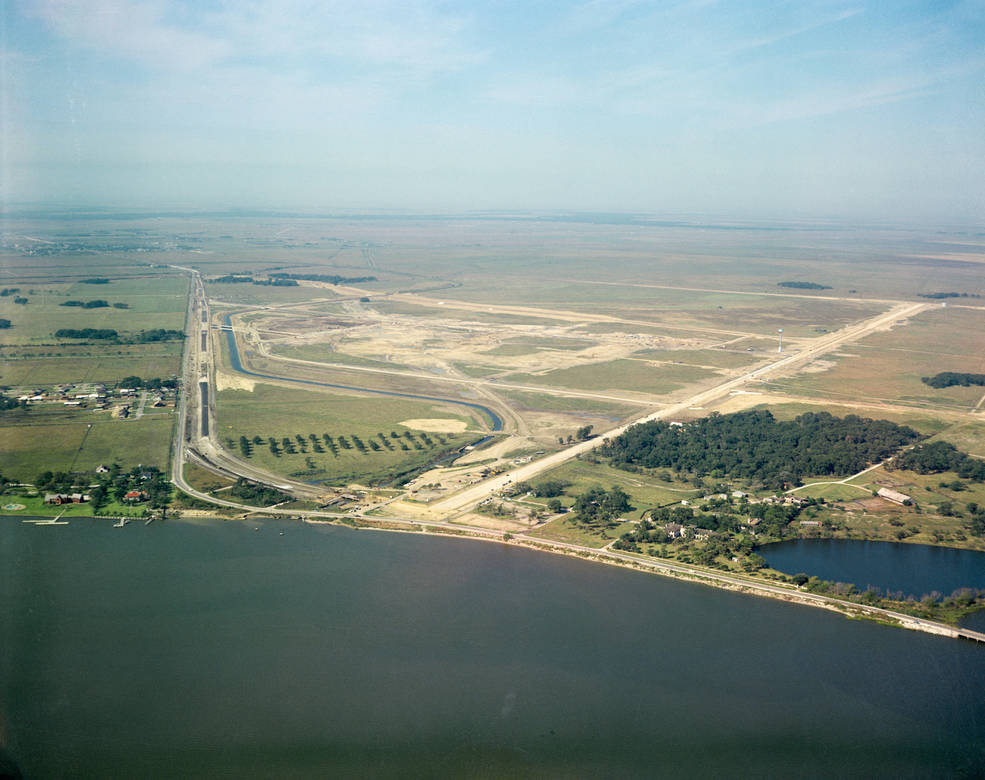
Left: Map of Houston showing the temporary locations of NASA’s Manned Spacecraft
Center (MSC) while the main center (Site 1) was under construction. Right: Site 1
of the MSC, now NASA’s Johnson Space Center, during early construction in 1962.
To be continued…
















